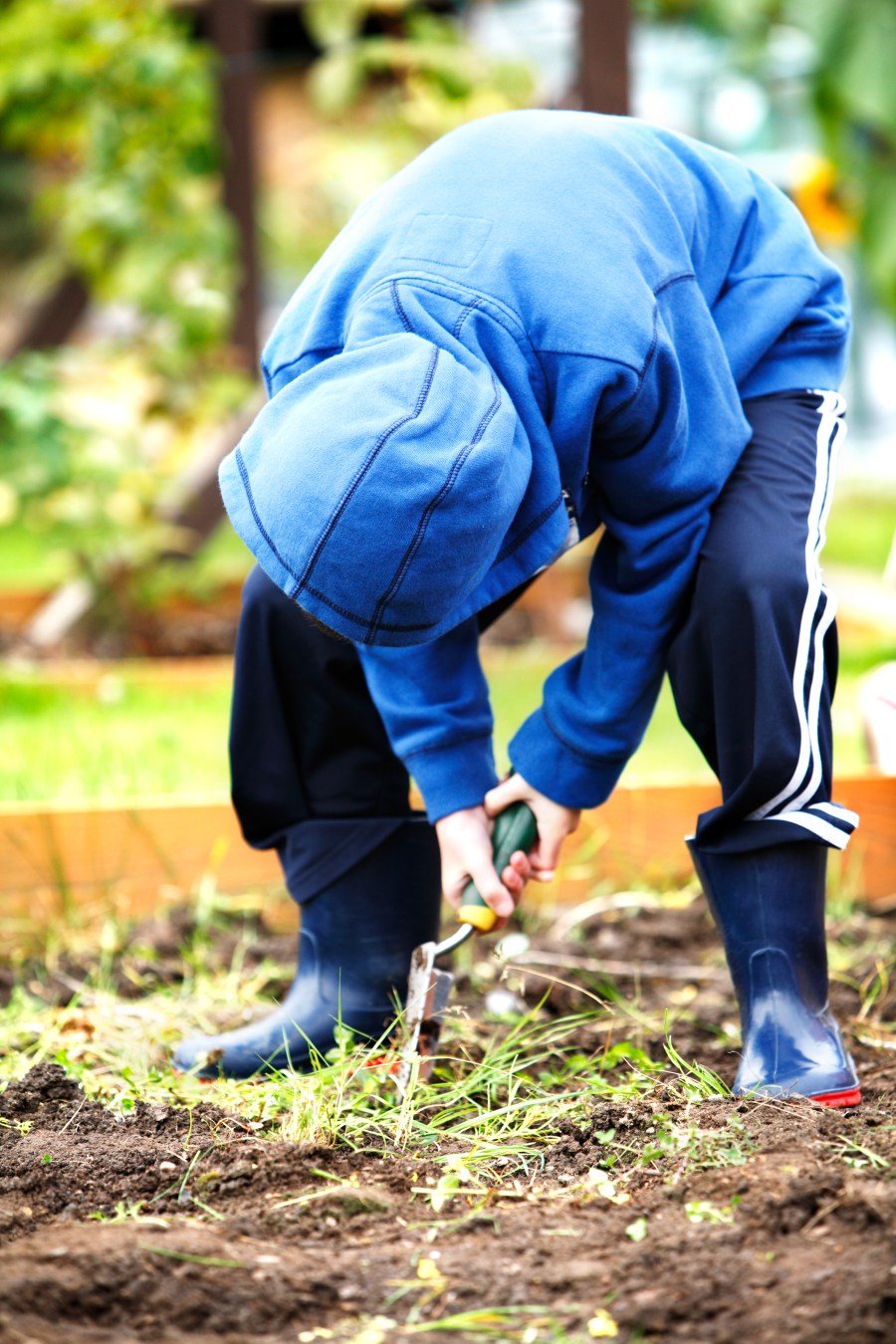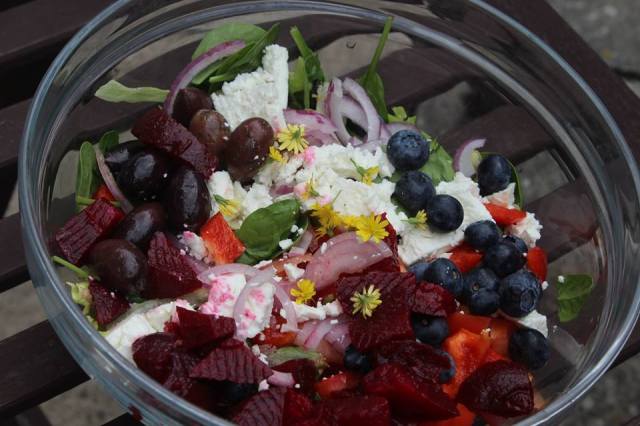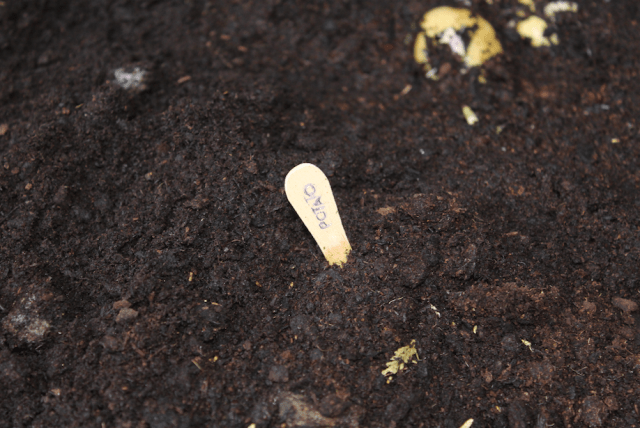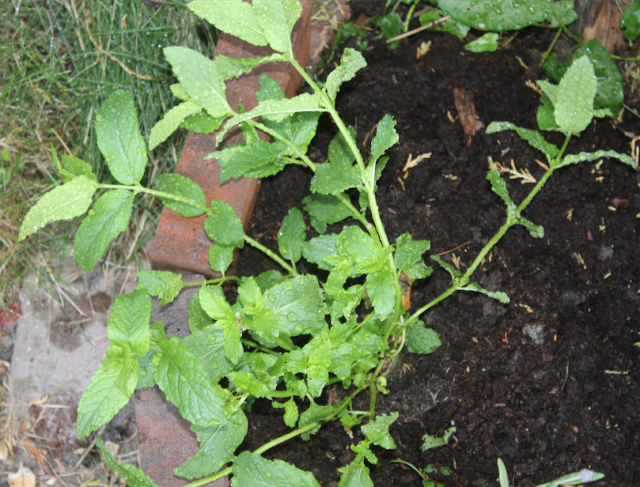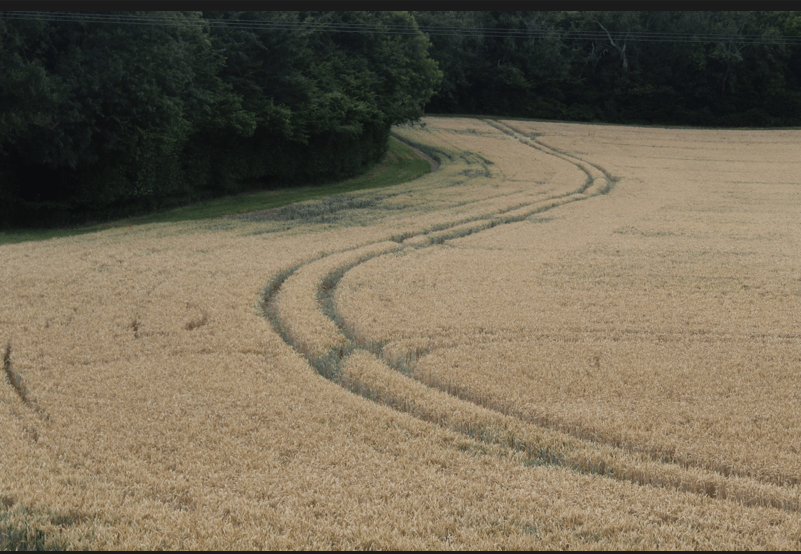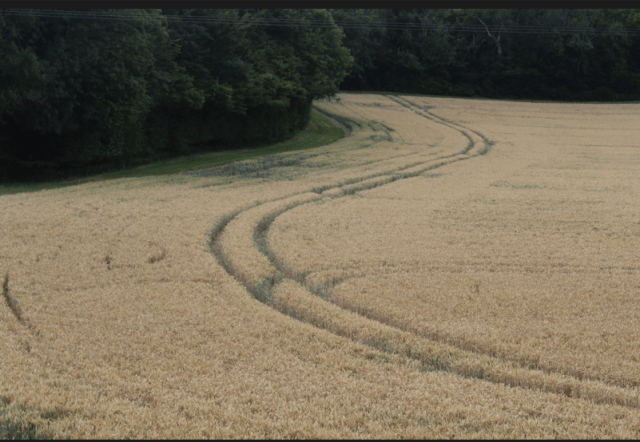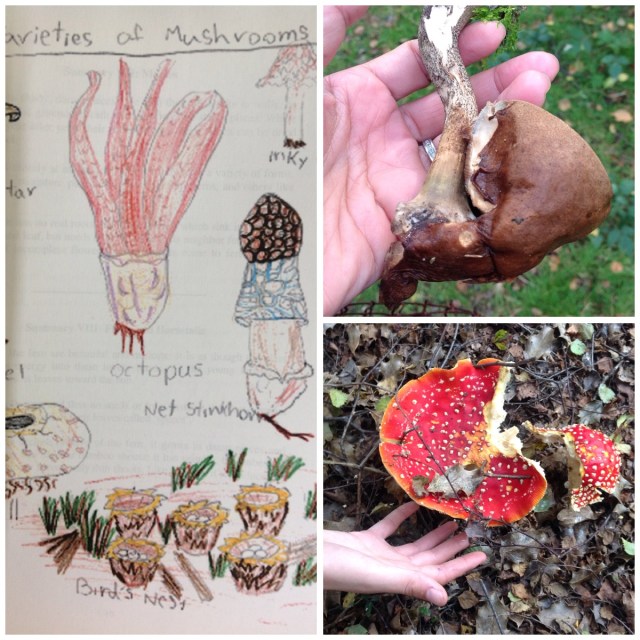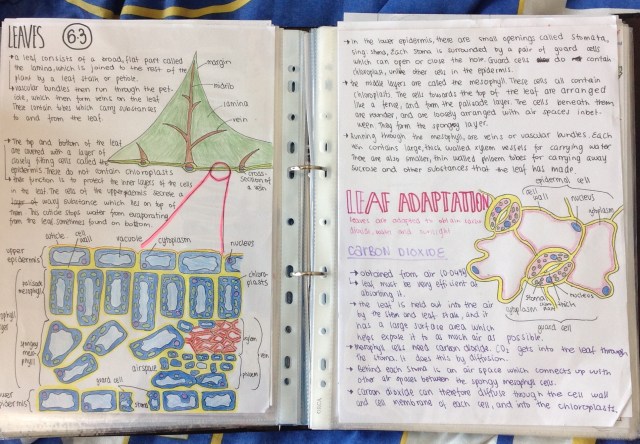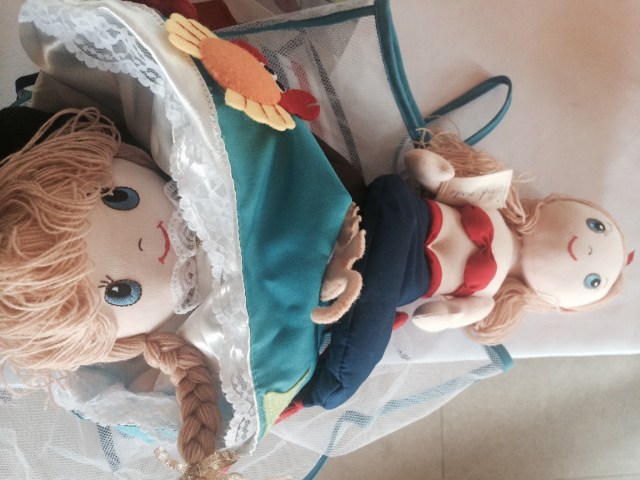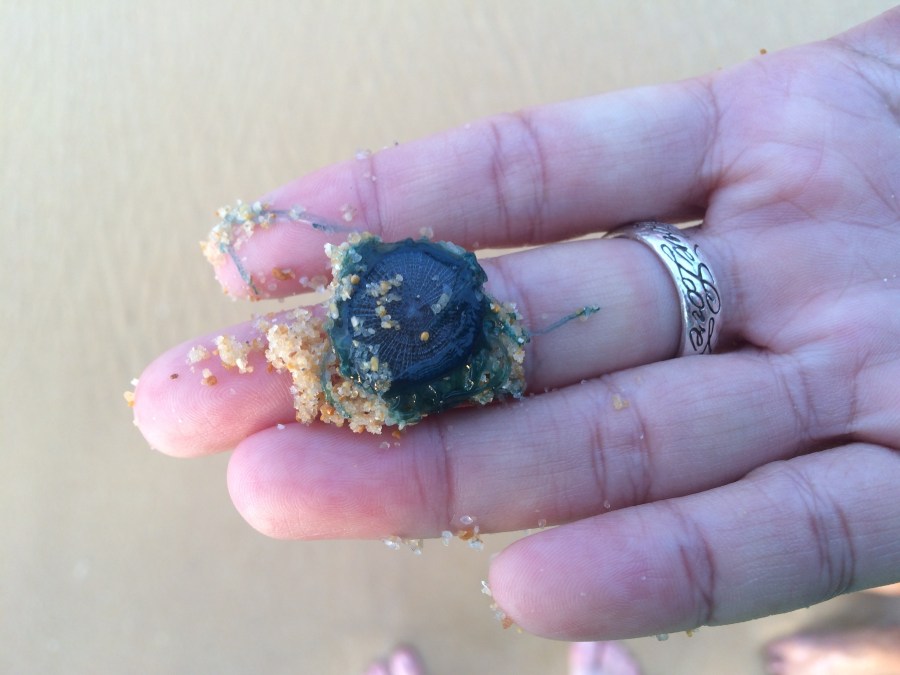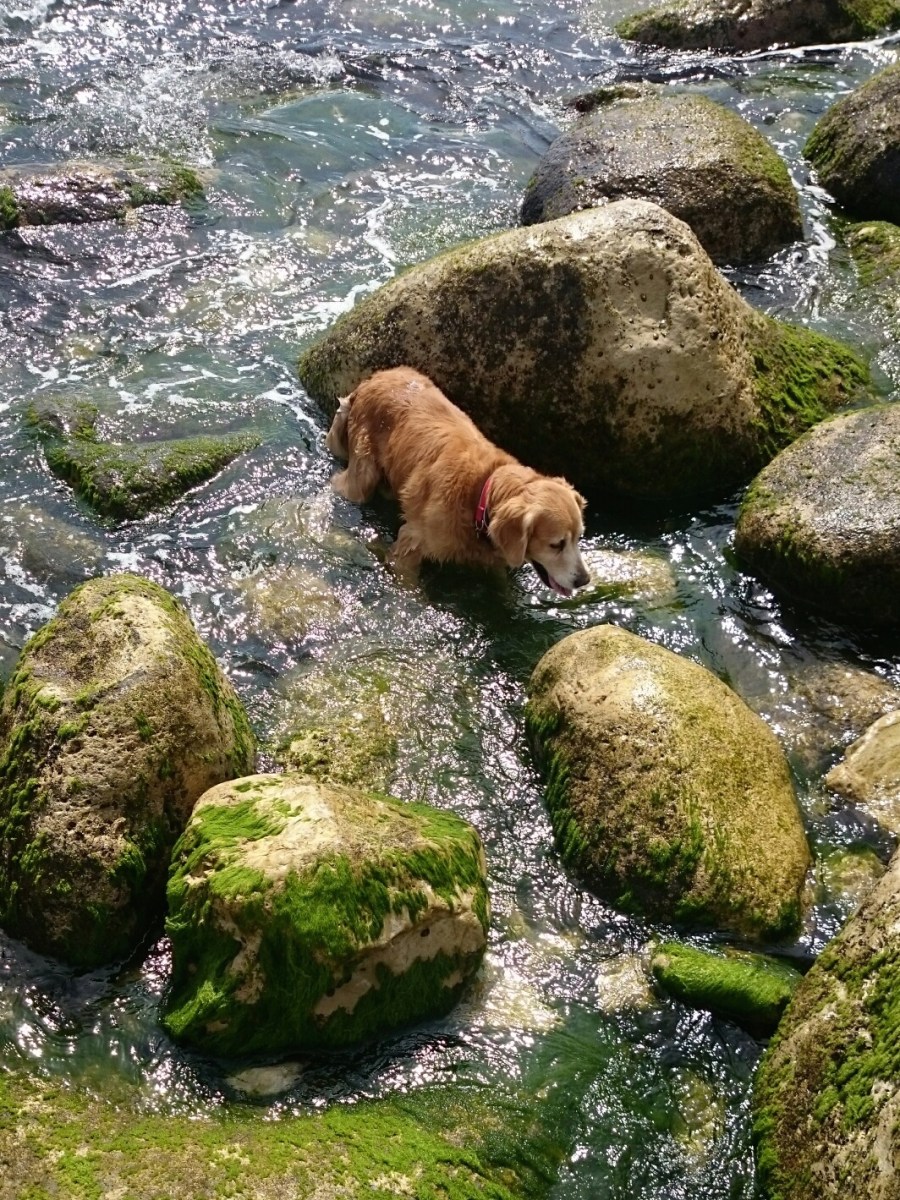A few years ago, shortly after my parenting book was published, I was sat next to a child psychologist, waiting to give my talk.

He flipped through the pages of my book and laughed.
“Children come to us almost ready cooked,” he said with a broad grin. “Whatever parents and educators like to think.”
We went our separate ways after that, and I continued to spread my philosophy of imbuing our children’s childhood with love, light, laughter, kindness and all the good stuff, in the belief that how children are brought up will shape the adults they will become. Indeed, it is still my core beliefs in parenting, namely how we live our lives as parents and the words we speak to our children become their norm.
Sure, Nature plays a part, but NURTURE can shape Nature.
But now, years later, Robert Plomin published a book that states the contrary, bringing to mind my conversation with the child psychologist of long ago.

Plomin is a geneticist and psychologist, and a Professor at Social, Genetic and Developmental Psychiatry Centre, Institute of Psychiatry, Psychology and Neuroscience at King’s College London. This book took him 30 years to write.
According to Plomin, the key to personality traits does not lie in how you were treated by your parents, but rather in what you inherited biologically from them: namely, the genes in your DNA.
Whoa!!!! While there has always been widespread acceptance that genes determine our physiology for good and bad, much greater controversy has surrounded the subject of our psychology – our behaviour and personality traits.
And read this, dear parents and teachers: Plomin’s argument is that, in a society with universal education, the greatest part of the variation in learning abilities is accounted for by genetics, not home environment or quality of school – these factors, he says, do have an effect but it’s much smaller than is popularly believed.
Indeed, there are many opponents to Plomin’s controversial views, but perhaps that comes from our still immature understanding of genomics – as explained by my daughter – the science of how the complete set of genetic material influences the whole organism (namely the study of interaction between genes). After all, it was only introduced in 1986 by Tom Roderick.
But pieces are emerging to debunk my long-held beliefs, though who knows what the “real” story is. Maybe there is more than one. Maybe it is a combination. Who knows. There is certainly a very strong genetic influence (mine) when it comes to my fifth child. Despite being of mixed race, she looks exactly like me. She also has my affinity for mathematics beyond what that can be taught, my impatience, my flash temper. Her father and I certainly did not nurture those three traits (especially the latter two!!) but she is certainly walking around with them, though she has her father’s sunniness, strong work ethics and stability. And his smile 🙂

I remember another conversation I had on the grounds of Priory Clinic in London about 4 years ago with a psychologist who told me, “I believe cruelty can be inherited.”
I had laughed at him then. “So you think one should interview the parents and grandparents before choosing a life partner?”
“Yes,” he had answered sombrely. “Human beings are just breathing, walking, talking, living bags of inherited genetic material and we spend our lives trying to over-ride our inherent nature.”
Sobering thought. But I believe that even if Plomin & Co’s research and expertise are correct, we should still endeavour to create a loving, supportive and kind home for our children, without the expectations that it will lead to greatness (if neither of their parents are Einsteins). After all, one of the true values of parenting is that we become better people ourselves from the parenting process.
Plomin’s book sounds like a good read. You can read an article about his book and his thoughts here.
E-version of my book is available here.


